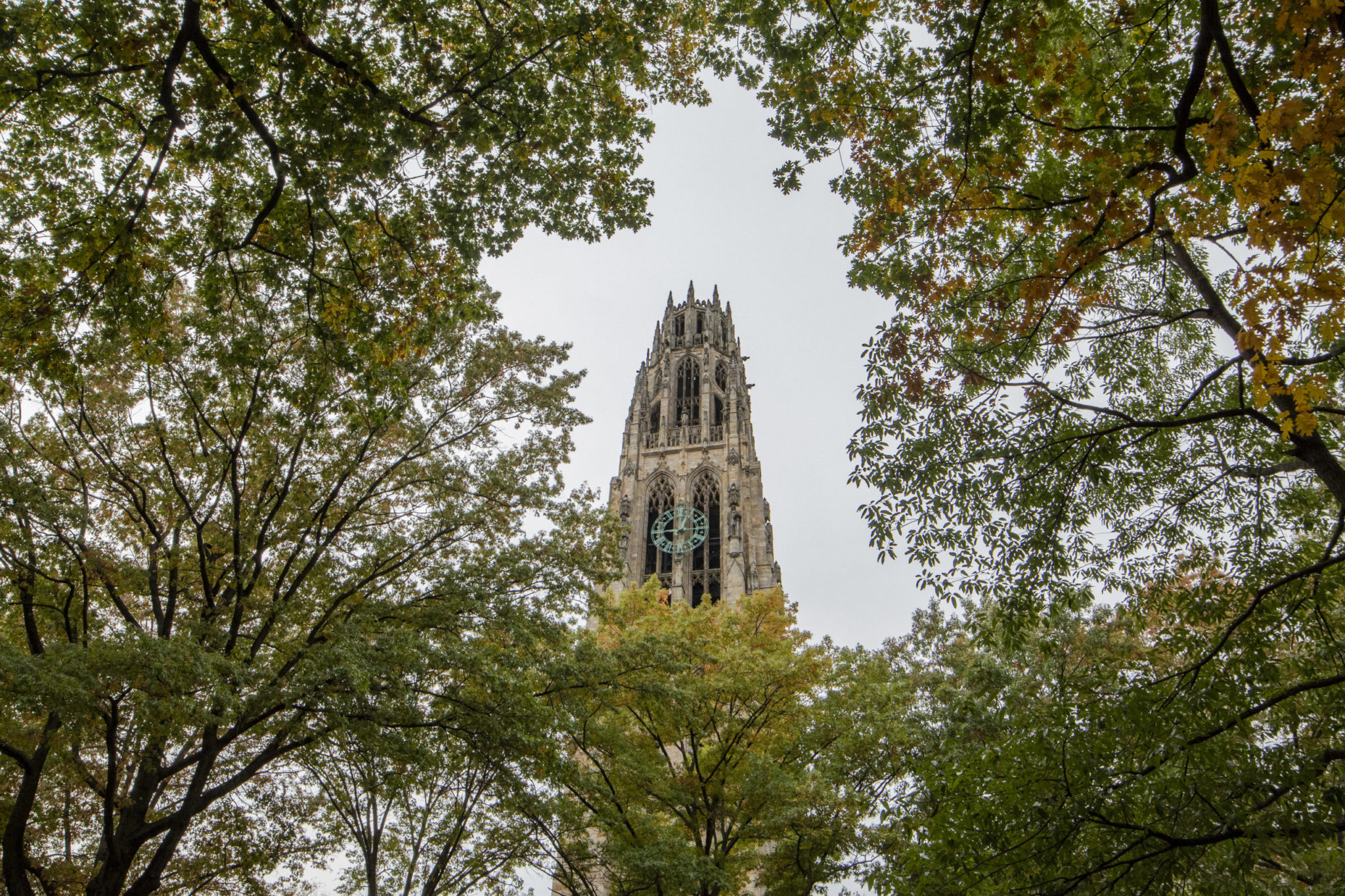
Zoe Berg, Photo Editor
In a year characterized by increased leaves of absence due to the COVID-19 pandemic’s disruption of student life, data shared by the University Registrar’s Office shows how class sizes have changed.
According to the data — current as of Feb. 1 and subject to change up to Feb. 15 — the classes of 2021, 2022 and 2023 all have lower enrollment numbers this term as compared to their original matriculation class sizes. On the other hand, the class of 2024 saw an increase in class size, due to students originally in the class of 2023 who took leaves of absence. However, despite the increase in students taking leaves of absence, the number of students who will be offered admission into the class of 2025 will not change, which will lead to an massive expansion in the undergraduate student population.
“We are all committed to ensuring that all aspects of a Yale education — from learning and research to residential college and extracurricular life — continue to flourish when students are back on campus,” Dean of Yale College Marvin Chun told the News.
According to data from the Registrar’s Office — which is still preliminary due to continued data entry as the Formal Enrollment and Census is finalized — the classes of 2021, 2022 and 2023 had 1,579, 1,573 and 1,550 enrolled students respectively in the fall of each class’s first years on campus. However, as of spring 2021, those numbers have dropped to 1,210 for the class of 2021, 1,524 for the class of 2022 and 1,529 for the class of 2023.
However, while the three eldest classes on campus have shrunk, the class of 2024 has grown in size as members of the class of 2023 — who were barred from returning to campus for the fall semester — took leaves of absence for one semester or the whole year. According to the registrar’s data, 568 members of the class of 2023 took a leave of absence, with 302 students taking the full year and 266 students taking one term off, totalling over one-third of the class of 2023’s original size at the time of matriculation. While the class of 2024 started at 1,264 as per fall 2020 enrollment numbers, the class now stands at 1,759 students according to the registrar’s data.
In September, the News reported that 341 students admitted to the class of 2024 had elected to take gap years, therefore becoming members of the class of 2025. The 21-percent gap-year rate — as compared to the 3 to 4 percent rate in a typical year — made the class of 2024 the smallest class to enter Yale in recent years. But the 568 original class of 2023 students who either took gap semesters or gap years and thus joined the class of 2024 more than made up for the decrease.
Mark Dunn, the director of outreach and communications at the Yale Office of Undergraduate Admissions, told the News that Yale will admit the same number of students as in a typical year, despite the large number of gap-year students who are already members of the class of 2025. Given that around 1,550 students matriculate at Yale each fall, the class of 2025 is expected to contain around 1,900 students.
“University leadership has approved a plan to offer admission to the same number of students in this coming cycle as in a typical year,” Dunn wrote in an email to the News. “This year’s first-year class was smaller than usual. Next year’s class will be larger. The shift won’t make it harder for students who are applying out of high school this year to be admitted to Yale.”
While in fall 2020 the smaller size of the class of 2024 appeared to balance out a large class of 2025, the current registrar data shows that both classes will be the largest on record after accounting for students returning from leaves of absence.
Because the class of 2024 and the class of 2025 are both larger than Yale’s typical class size, questions have arisen about how Yale will be able to fit a larger student body on campus. In 2016, Yale expanded its class sizes from around 1,320 students to around 1,550 students after the completion of two new residential colleges: Pauli Murray and Benjamin Franklin.
While the University has not yet announced how it plans to accommodate the coming increase in student population, Chun told the News that planning for campus housing is the most immediate priority.
“The first step is to gauge intent, so current sophomores and juniors will soon be receiving a non-binding survey asking them about their plans, even if those plans are tentative,” Chun wrote to the News. “The next steps, if changes are needed, will include [Yale College Council], residential college leaders, and the office of student affairs. But beyond housing, demand could rise for many curricular, co-curricular, and extracurricular resources, so I am working with the deans of the FAS and the graduate school, and with other leaders around campus.”
In terms of the number of students who took leaves of absence for one or both semesters, the class of 2023 saw the highest number of students take leaves for the 2020-21 academic year, followed by the class of 2022, the class of 2021 and then the class of 2024.
Data visualization by Darwin Do.
Julia Bialek | julia.bialek@yale.edu
Amelia Davidson | amelia.davidson@yale.edu







